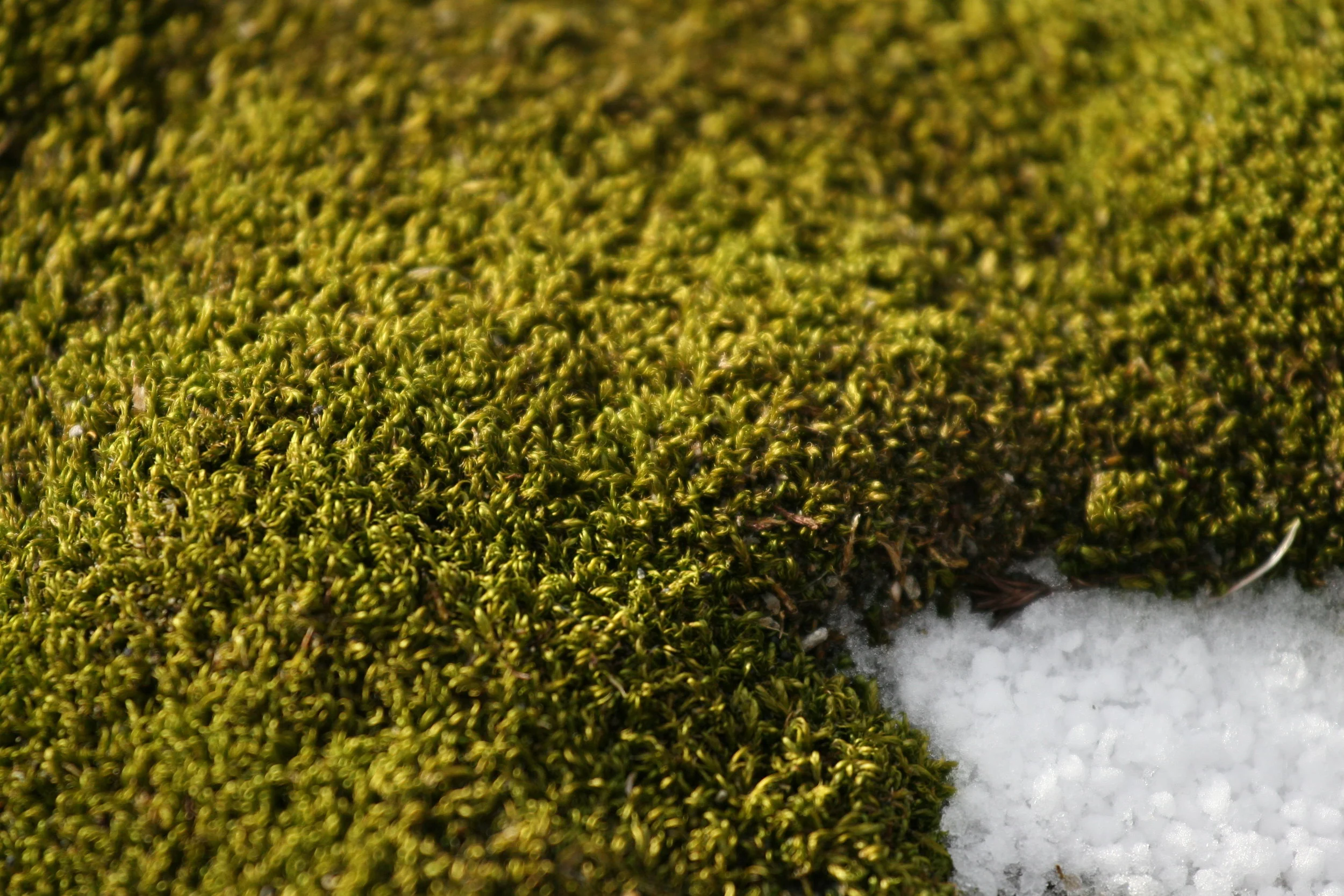Photo by Carloszelayeta licensed under the GNU Free Documentation License.
Antarctica - the frozen continent. It is hard to think of a place on Earth that is less hospitable to life. Yet life does exist here and some of it is botanical. Though few in number, Anarctica’s diminutive flora is able to eke out an existence wherever the right conditions present themselves. It goes without saying that these plants are some of the hardiest around.
It is strange to think of Antarctica as having any flora at all. How many descriptions of plant families and genera say something to the effect of “found on nearly every continent except for Antarctica.” It didn’t always used to be this way though. Antarctica was once home to a diverse floral assemblage that rivaled anything we see in the tropics today. Millions upon millions of years of continental drift has seen this once lush landmass positioned squarely at Earth’s southern pole.
Situated that far south, Antarctica has long since become a frozen wasteland of sorts. The landscape is essentially a desert. Instead of no precipitation, however, most water in this neck of the woods is completely locked up in ice for most of the year. This is one reason why plants have had such a hard time making a living there. That is not to say that some plants haven’t made it. In fact, a handful of species thrive under these conditions.
When anyone goes looking for plants in Antarctica, they must do so wherever conditions ease up enough for part of the year to allow terrestrial life to exist. In the case of this frozen continent, this means hanging out along the coast or one of handful of islands situated just off of the mainland. Here, enough land thaws during the brief summer months to allow a few plant species to take root and grow.
Antarctic hair grass (Deschamsia antarctica). Photo by Lomvi2 licensed under CC BY-SA 3.0
The flora of Antarctica proper consists of 2 flowering plant species, about 100 species of mosses, and roughly 30 species of liverwort. The largest of these are the flowering plants - a grass known as Antarctic hair grass (Deschamsia antarctica), and member of the pink family with a cushion-like growth habit called Antarctic pearlwort (Colobanthus quitensis). Whereas the hair grass benefits from being wind pollinated, the Antarctic pearlwort has had to get creative with its reproductive needs. Instead of relying on pollinators, which simply aren’t present in any abundance on Antarctica, it appears that the pearlwort has shifted over to being entirely self-pollinated. This seems to work for it because if the mother plant is capable of living on Antarctica, so too will its clonal offspring.
By far the dominant plant life on the continent are the mosses. With 100 species known to live on Antarctica, it is hard to make generalizations about their habits other than to say they are pretty tough plants. Most live out their lives among the saturated rocks of the intertidal zones. What we can say about these mosses is that they support a bewildering array of microbial life, from fungi and lichens to protists and tardigrades. Even in this frozen corner of the world, plants form the foundation for all other forms of life.
Photo by Liam Quinn licensed under CC BY-SA 2.0
Antarctic pearlwort (Colobanthus quitensis). Photo by Patricio Novoa Quezada licensed under CC BY 2.0
The coastal plant communities of Antarctica represent hotbeds of biodiversity for this depauperate continent. They reach their highest densities on the Antarctic Peninsula as well as on coastal islands such as south Orkney Islands and the South Shetland Islands. Here, conditions are just mild enough among the various rocky crevices for germination and growth to occur. Still, life on Antarctica is no cake walk. A short growing season, punishing waves, blistering winds, and trampling by penguins and seals present quite a challenge to Antarctica’s botanical denizens. They are able to live here despite these challenges.
Photo by Gilad Rom licensed under CC BY-NC 2.0
Still, humans take their toll. The Antarctic Peninsula is experiencing some of the most rapid warming on the planet over the last century. As this region grows warmer and drier each year, plants are responding accordingly. Antarctic mosses along the peninsula are increasingly showing signs of stress. They are starting to prioritize the production of protective pigments in their tissues over growth and reproduction. Moreover, new species of moss are starting to take over. Rapid warming and drying of the Antarctic Peninsula appears to be favoring species that are more desiccation tolerant at the expense of the continents endemic moss species.
Changes in the structure and composition of Antarctica’s moss beds is far from being a scientific curiosity for only bryologists to ponder. It is a symptom of greater changes to come.





